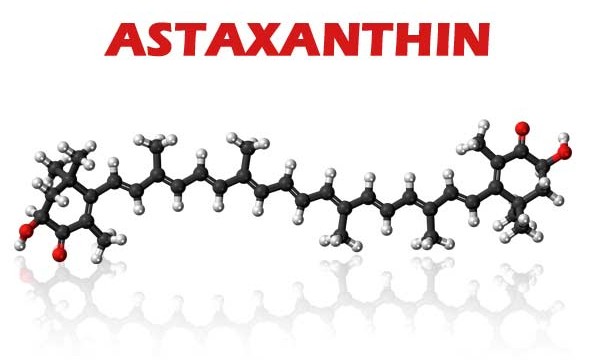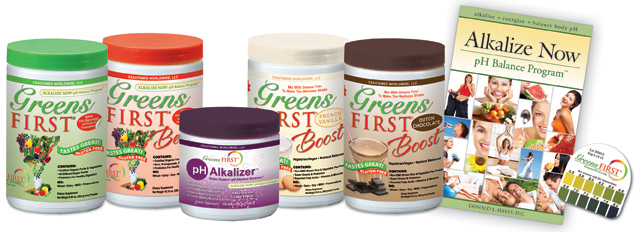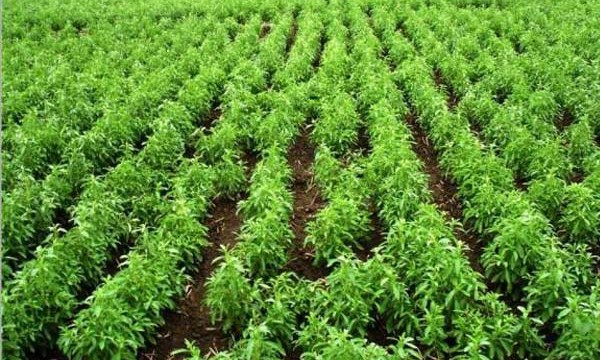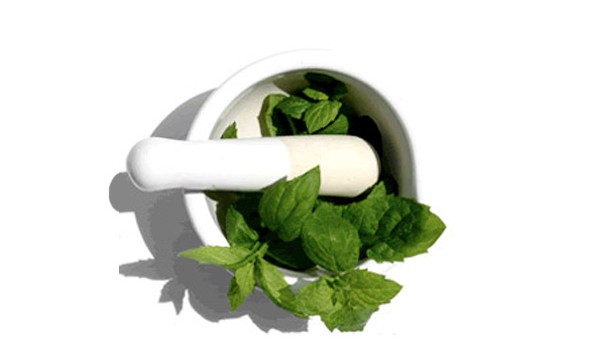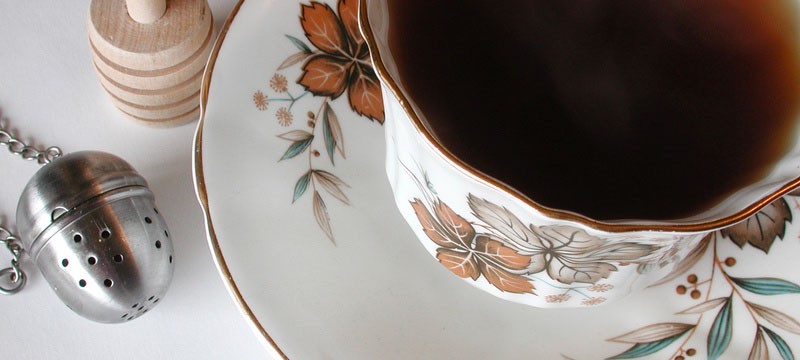Clinical Insights – Astaxanthin Research
Greens First Berry Contains Astaxanthin
Astaxanthin, a naturally occurring carotenoid pigment, is a powerful biological antioxidant. Astaxanthin exhibits strong free radical scavenging activity and helps protect against lipid peroxidation and oxidative damage of LDL-cholesterol, cell membranes, cells, and tissues. Astaxanthin has been the focus of a large and growing number of peer-reviewed scientific publications.
The information on the website above is dedicated to reviewing and summarizing published scientific information about astaxanthin. Astaxanthin’s biological properties, safety for humans, and possible applications for human health are included. Research on the mode of action of antioxidants and astaxanthin, as well as their possible role(s) in oxidative stress, cancer, cardiovascular diseases, eye health, neurodegenerative diseases, aging, immune response, exercise, and animal health, are summarized on that website for your information.

